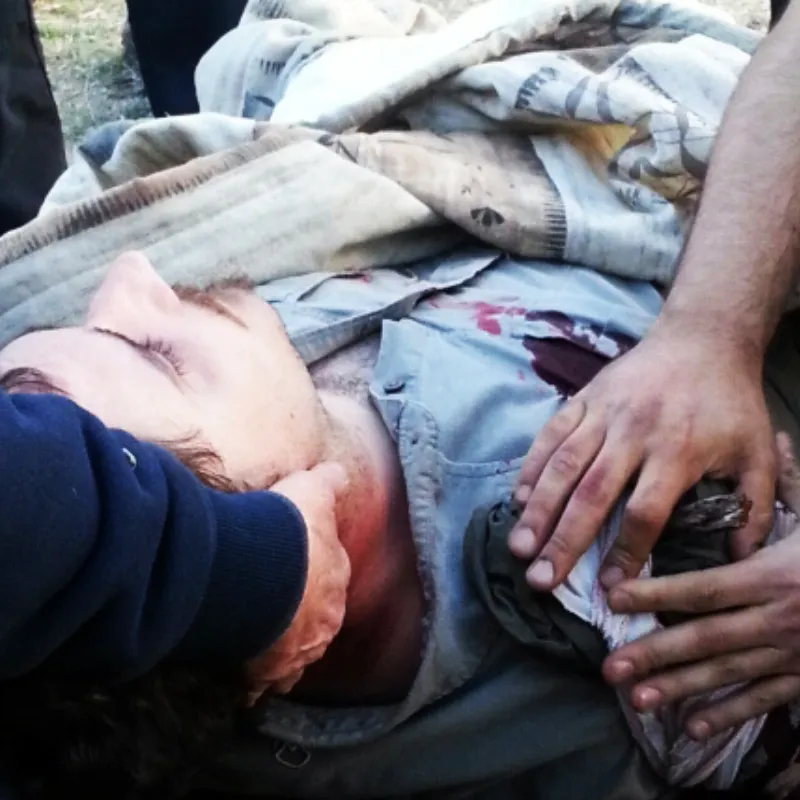
Transitioning from Chaos to Structure: Developing a Cohesive Approach for First Responders in Active Shooter Situations Part 3
As active shooter incidents grow in frequency and complexity, the limitations of traditional emergency response models have become increasingly evident. Despite policy shifts since Columbine and significant efforts to enhance training, the lack of integration between law enforcement and medical services continues to hinder effective response. This section explores the current challenges facing emergency personnel, highlighting critical gaps in coordination, training, and medical deployment during the most chaotic stages of an active shooter event. Through the lens of the Chaos, Stabilization, and Recovery (CSR) framework, this part of the blog advocates for a unified response system—one that prioritizes both threat neutralization and timely trauma care to enhance survival outcomes in high-threat environments.
Active Shooter Challenges
Due to the growing number of active shooter situations, public safety entities and communities deal with real difficulties. These situations are marked by swift escalation, a high potential for fatalities, and the necessity for collaboration among various agencies (NCBRT, 2018). These chaotic events underscore the problems when medical services and law enforcement agencies work unilaterally. The ALERRT, ASHER, and ATIRC training programs use active shooter events as their basis. However, it does not tie their training to individual occurrences because the national policy does not change based on one event (Martaindale & Blair, 2019). To address these deficiencies, developing a thorough framework that integrates tactical and medical elements, improving cooperation among agencies to manage the incident effectively, and setting up an incident command structure is essential (DHA.ASM, 2022).
In recent decades, emergency response strategies have undergone major changes due to active shooter incidents. Following the 1999 Columbine High School shooting, responders realized major flaws in their tactics, which resulted in a move away from perimeter-based approaches toward direct engagement (Blair, Martaindale, & Sandel, 2019). The 2022 Uvalde School shooting demonstrated that despite policy progress, tactical deployments between different departments still show significant inconsistencies (Slanaia, 2023). Law enforcement has shifted to prioritize building entry and neutraling the threat (Lee-Collins, 2007). However, discussions continue about how Emergency Medical Services (EMS) and fire personnel should participate in such operations. The debate currently examines whether EMS should stay in a safe external location or work in the warm zone (NAEMT, 2020). While some argue for their deeper integration into active response by entering the hot zone with law enforcement (Graham, 2018).
This review examines current research to identify the most effective response strategies for active shooter situations. It identifies fundamental limitations of traditional methods that continue to be employed. The study combines crucial research outcomes to develop a revised response framework based on Chaos, Stabilization, and Recovery phases to enhance effectiveness and safety during active shooter events (Morris, 2014). The CSR framework explains how quickly deploying law enforcement and Medical Rescue Teams (MRTs) operating in the hot zone shows significant advantages (Miles & Crook, 2021). Some organizations globally have implemented this approach, while the United States has not examined it extensively. The CSR framework transforms emergency response approaches by following Chaos, Stabilization, and Recovery phases, enabling timely medical treatment to enhance survival outcomes (Baetzner, et al., 2022).
The active shooter response framework is organized into three essential phases: initial Chaos, transition to Stabilization, and post-incident Recovery (CSR). In the initial Chaos Phase, responders must identify threats and take immediate action to mitigate them, which includes setting up an Incident Command Post (ICP) and sending in Medical Rescue Teams (MRTs) during Direct Threat Care. Research demonstrates that Casualty Collections Points (CCPs) established early with law enforcement and MRTs in the Hot Zone boost casualty survival rates while reducing triage errors (Pepper, Archer, & Moloney, 2016).
As the immediate threat decreases or is eliminated, transitioning to the Stabilization Phase emphasizes controlling the event with effective communication and bringing the event under a unified command to gain control and focus on the incident (Goplin, 2022). Establishing an Incident Command Post (ICP), implementing external and internal cordons, establishing a ( Casualty Collection Point CCP), administering treatment, evacuating victims, and commencing clearing operations during In-Direct Threat and Evac Care (NAEMT, 2020). The final phase, Post-Incident Recovery, entails regaining control, completing clearing and cordon operations, and aiding the return to normalcy. These phases create a systematic method for effectively managing the changing circumstances of active shooter situations.
Contemporary Challenges in Addressing Active Shooter Situations
A coordinated response from multiple agencies is essential during active shooter events to reduce harm and reestablish control swiftly (Dailey & Laskey, 2023). The swift increase in violent incidents during active shooter situations, combined with the possibility of massive fatalities, demonstrates the immediate necessity for a unified operational framework that can be activated in such emergencies (Hanifen, 2023). Foster’s study points out significant weaknesses in response procedures through inadequate training, planning, and collaboration between law enforcement, EMS, fire departments, and Emergency Management Agencies (EMAs), which become especially apparent during active shooter events (Foster, 2022). Response efforts have traditionally involved independent actions by various agencies, creating confusion and miscommunication while causing inefficiencies in resource distribution and critical decision-making during emergencies.
Historical active shooter incident response has concentrated on stopping the threat posed by the shooter (Phillip, 2020). The initial response phases to active shooter incidents often fail to acknowledge the critical need for essential medical care (NCBRT, 2018). The lack of medical response coordination during active shooter events reveals a crucial weakness in emergency response programs, which can lead to dangerous impacts on victims’ survival rates (Foster, 2022). Victims face increased mortality rates when medical teams experience delays in delivering essential life-saving interventions. Between 2018 and 2022, FBI statistics show that 93% of active shooter incidents conclude within 2 to 5 minutes, and the other 7% are concluded under 15 minutes (FBI, Active Shooter Study: Quick Reference Guide, 2023). The presented data highlights the immediate need for quick and organized emergency responses. An effective response plan must focus on neutralizing threats and providing immediate medical care as equally essential priorities.
Conclusion
The increasing frequency of active shooter events underscores the urgent need for a unified, phased response strategy that aligns tactical operations with immediate medical intervention. While agencies have evolved tactically since Columbine, the continued debate over EMS roles in hot and warm zones reveals persistent disconnects in operational planning. The CSR framework offers a structured alternative by organizing response efforts into Chaos, Stabilization, and Recovery phases—each emphasizing critical medical and tactical objectives. Evidence supports that early deployment of MRTs and coordinated Incident Command significantly improves casualty survival and reduces triage delays. Moving forward, the success of active shooter responses will depend not only on rapid threat mitigation but also on embracing a truly integrated command structure that ensures law enforcement, EMS, fire, and emergency management function as one cohesive unit.
